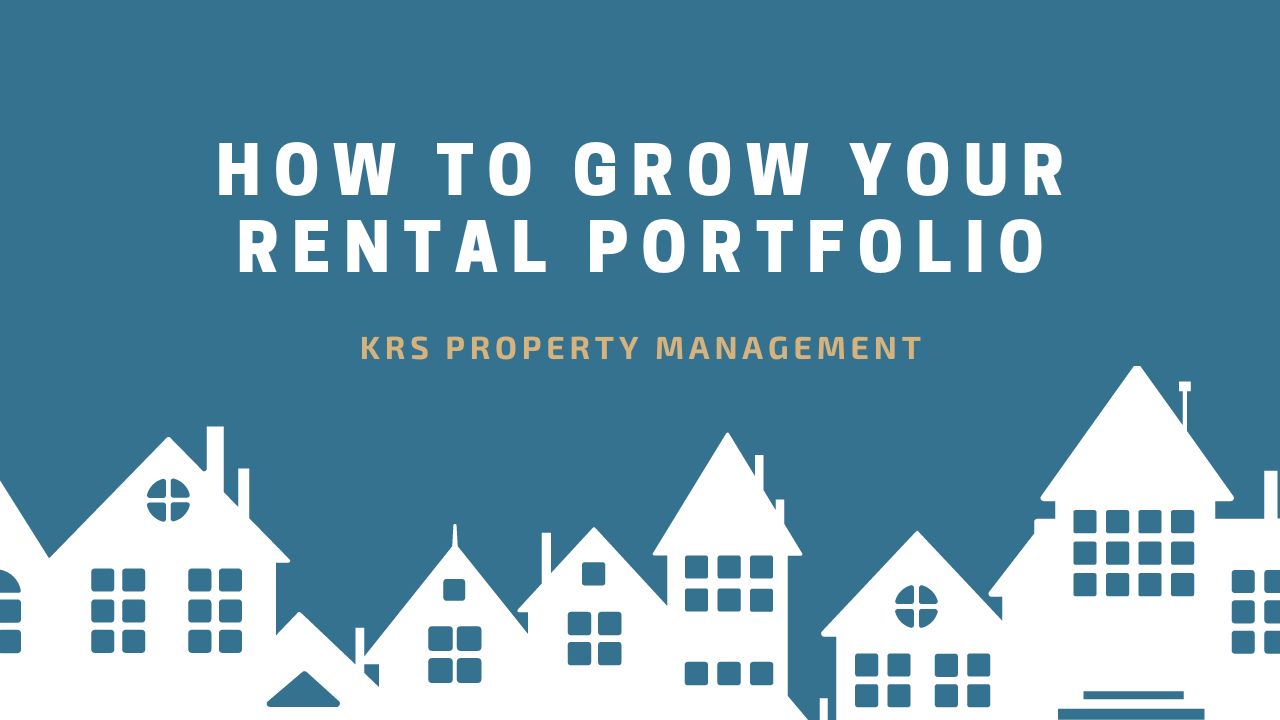
In the realm of real estate investment, expanding one's rental portfolio is a fundamental strategy for long-term financial growth and stability.
Diversification through the acquisition of multiple rental properties can mitigate risk and enhance returns for you as a real estate investor. This comprehensive guide explores the importance of investing in your real estate portfolio and provides actionable steps to achieve this goal.
Importance of Growing Your Real Estate Portfolio:
There are numerous reasons to expand your real estate portfolio including:
Diversification
By expanding their real estate portfolio across various properties, locations, and asset types, real estate investors can effectively mitigate risks associated with market fluctuations or individual property issues. For instance, if one property experiences a temporary downturn in rental demand or faces unforeseen maintenance costs, the impact on the overall portfolio is cushioned by the performance of other properties.
Moreover, diversification of real estate investing extends beyond geographical boundaries, encompassing different property types such as residential, commercial, multi-family, or vacation rentals.
Diversifying across these property categories can provide additional insulation against sector-specific challenges. For example, while residential properties may be affected by changes in local housing market dynamics, commercial properties may offer stability through long-term lease agreements.
Passive Income Generation
Rental property investments offer a reliable source of cash flow through monthly rental payments. This passive income stream can provide financial stability and flexibility, allowing investors to cover expenses, reinvest profits, or pursue other ventures without the need for constant oversight.

Furthermore, rental income is relatively resilient to economic downturns, as people always need housing regardless of market conditions. Even during periods of economic uncertainty, rental properties continue to generate income, providing investors with a consistent source of cash flow and equity to weather turbulent times.
Wealth Accumulation
Two primary drivers of wealth accumulation in real estate are appreciation and mortgage amortization:
- Appreciation refers to the increase in the value of a property over time due to factors such as inflation, supply and demand dynamics, and market trends.
- Mortgage amortization allows investors to build equity in their properties over time as they pay down the principal balance of their loans.
Hedge Against Inflation
Inflation erodes the purchasing power of money over time, making it imperative for investors to seek assets that can preserve and grow their wealth and equity in real terms. Real estate investments serve as a natural hedge against inflation, as property values and rental income tend to increase in tandem with rising prices.
When inflation rises, so do housing costs, leading to higher rental rates and property values. As a result, rental properties can act as a hedge against inflation by providing investors with a tangible asset that maintains its worth and generates increasing cash flow over time.
Retirement Planning
A robust real estate portfolio can play a pivotal role in retirement planning, offering financial security and stability. By generating passive income streams and accumulating equity through property appreciation and mortgage amortization, investors can build a sizeable nest egg to support their retirement lifestyle by investing.

Additionally, real estate investments offer tax advantages, such as depreciation deductions and capital gains tax treatment, which can help optimize retirement income and minimize tax liabilities. By strategically investing and managing their rental portfolio and leveraging the benefits of rentals, retirees can enjoy financial independence and peace of mind in their later years.
Building Up Your Rental Investment Portfolio
When growing your rental portfolio and investing in property, consider the following tips:
Set SMART Goals
Ensure your investment goals are Specific, Measurable, Achievable, Relevant, and Time-bound (SMART). For example, aim to acquire a certain number of rental properties within a specific timeframe, increase rental income by a certain percentage annually, or achieve a target portfolio value.
Create Your Real Estate Investment Plan
Before diving into property acquisitions, develop a comprehensive plan outlining your objectives, timelines, budget, and risk tolerance. Consider factors such as property location preferences, property types, financing options, and exit strategies.
Choose Your Investment Strategy
Identify the most suitable portfolio building strategy based on your financial goals, resources, and risk appetite. Common strategies include buy-and-hold, fix-and-flip, long-term rental properties, or commercial real estate property investments.
Assess Your Risk Tolerance
Evaluate your risk tolerance and determine how much volatility you can withstand in your investment journey. Consider factors such as area fluctuations, financing risks, rental property management challenges, and unforeseen expenses.

Select the Right Properties
Conduct thorough research and due diligence to identify properties that align with your investment criteria and portfolio goals. Look for properties in desirable locations with strong rental demand, favorable rental yields, and potential for appreciation. Consider factors such as property condition, neighborhood demographics, school districts, amenities, and future development plans.
Tips for Researching Your Real Estate Market
The following are some key tips property investors should consider to ensure that their rental business thrives:
Analyze Rental Rates
Evaluate rental rates in your target area to ensure your investment properties can generate positive cash flow. Research comparable properties in the area and analyze rental listings to gauge market demand, rent pricing trends and property taxes. Factor in expenses such as property taxes, insurance, maintenance, and vacancy allowances when calculating potential rental income.
Evaluate Vacancy Rates
Assess vacancy rates in your target market to understand the level of demand and competition before you rent. Low vacancy rates indicate a strong rental market with high demand. Monitor vacancy trends over time and adjust your investment strategy and rent prices accordingly to maximize occupancy and maintain steady rental income.
Bottom Line
Growing your rental portfolio requires careful planning and strategic decision-making. By creating a solid investment plan, setting SMART goals, choosing the right investment strategy, assessing risk tolerance, and selecting the right properties, you can build a successful and sustainable real estate portfolio and a steady income through rent payments.
Continuously monitor conditions, adapt to changes, and leverage opportunities to optimize your rental investments for long-term financial growth and prosperity.
If you have questions about your investment portfolio or want to partner with a trusted rental property management firm consider the team at KRS Holdings. We’re a full-service property management company dedicated to helping you manage and grow your rental portfolios. Contact us today to learn about our services!






